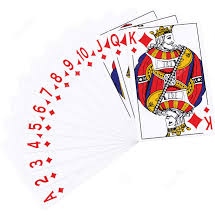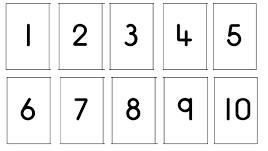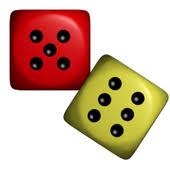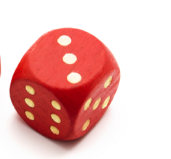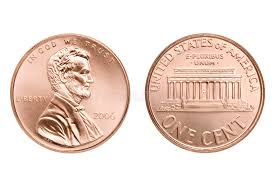Science > Mathematics > Statistics and Probability > Probability > Problems Based on Drawing 3 Playing Cards In the last few articles, we have seen to solve problems based on tossing of coins, throwing dice, and selecting numbered cards. In this article, we shall study the problems to find the probability involving the draw of […]
